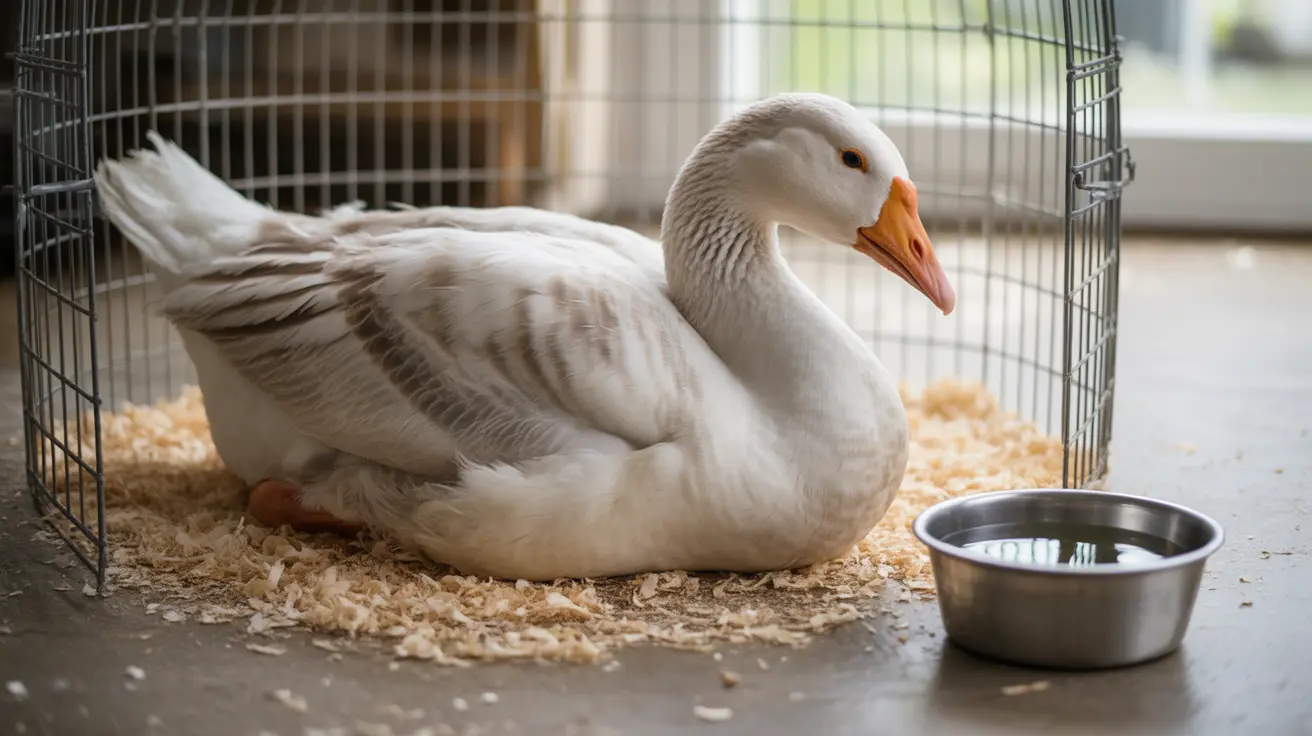A significant animal hoarding incident has come to light in Orange County, New York, where authorities successfully removed 84 animals from a single residence. This large-scale animal rescue operation highlights the ongoing challenges of animal hoarding cases in the region and the critical importance of community vigilance in protecting animal welfare.
The rescue effort, coordinated by local animal welfare authorities, represents one of the larger animal hoarding cases discovered in Orange County recently. Such incidents often reveal the complex intersection between animal welfare concerns and the underlying mental health aspects frequently associated with hoarding behaviors.
Understanding Animal Hoarding and Its Impact
Animal hoarding situations typically develop gradually, often beginning with good intentions before evolving into overwhelming circumstances that compromise both human and animal welfare. The Orange County case demonstrates the scale at which these situations can escalate, with dozens of animals found living in conditions that necessitated intervention.
Signs of Animal Neglect and Hoarding
While specific details of the Orange County case conditions remain limited, typical warning signs of animal hoarding situations include:
- Multiple animals confined in inadequate spaces
- Strong animal-related odors from properties
- Deteriorating living conditions
- Difficulty maintaining basic animal care standards
- Reluctance to allow visitors into the home
Community Role in Animal Welfare
Neighbors and community members play a vital role in identifying and reporting potential cases of animal hoarding. Early intervention often leads to better outcomes for both the animals and the individuals involved in hoarding situations.
How to Report Animal Abuse in New York
New York State maintains robust animal welfare enforcement mechanisms. Concerned citizens can report suspected cases to:
- Local animal control officers
- Police departments
- Animal welfare organizations
- County health departments
Animal Welfare Enforcement and Legal Framework
New York's animal abuse laws provide clear guidelines for addressing cases of animal neglect and hoarding. These regulations enable authorities to intervene when animals' well-being is compromised, as demonstrated in this Orange County rescue operation.
Rehabilitating Hoarded Animals
When animals are removed from hoarding situations, they typically require:
- Immediate veterinary assessment
- Physical rehabilitation
- Behavioral evaluation
- Socialization support
- Preparation for eventual adoption
Frequently Asked Questions
What are the common signs of animal hoarding that neighbors should watch for?
Common indicators include an unusually high number of animals at a property, visible signs of neglect, strong odors, and deteriorating property conditions. Regular refusal to allow visitors inside the home can also be a warning sign.
How can I report suspected animal hoarding in my community?
Contact your local animal control office, police department, or animal welfare organization immediately. Document any observable issues and provide specific details about the location and concerns. New York State has established channels for reporting animal welfare concerns confidentially.
What happens to animals rescued from hoarding situations?
Rescued animals typically enter the care of authorized animal welfare organizations where they receive medical attention, behavioral assessment, and rehabilitation services. Once healthy, they may be made available for adoption through approved shelter and rescue partners.
The Path Forward
This Orange County rescue serves as a reminder of the importance of addressing animal hoarding situations promptly and compassionately. Community awareness and proper reporting of suspected cases can help prevent animal suffering and ensure better outcomes for all involved.
By understanding the signs of animal hoarding and knowing how to report concerns, community members can play an essential role in protecting animal welfare and supporting those who may need assistance with animal care management.






